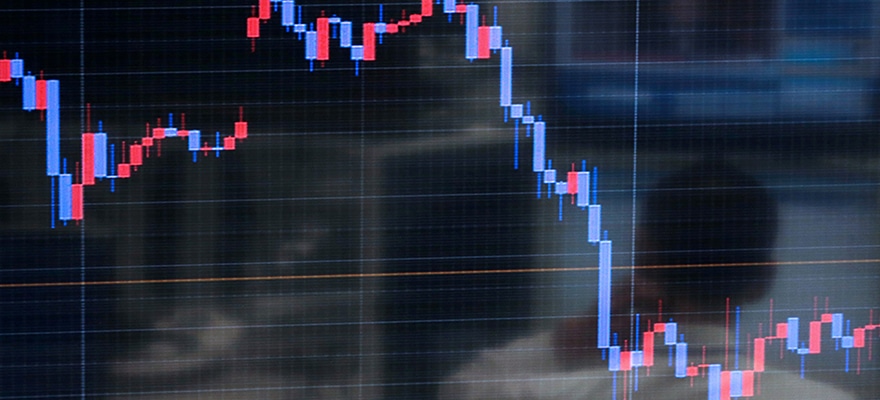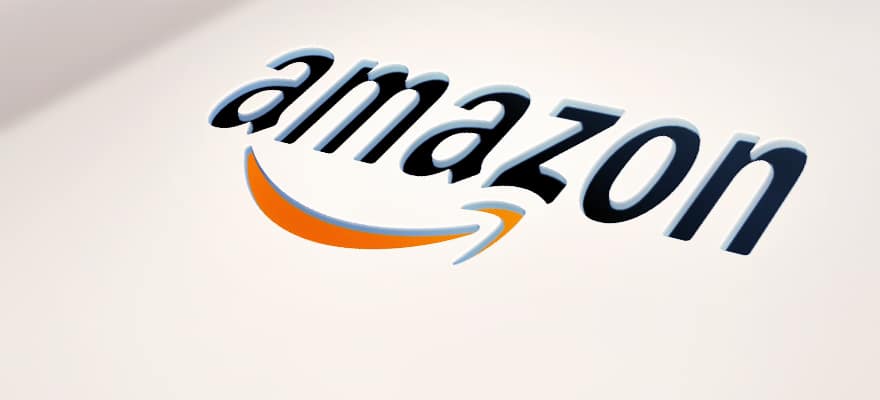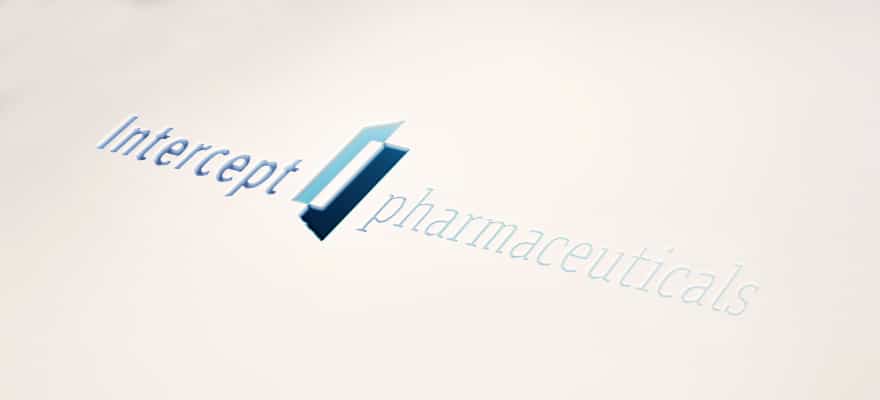by Nash Wadud.
Not only was the exit of dbFX from the retail market a headline grabber, the transfer of clients to Gain Capital once again brought two powerful industry leaders into a bidding war. The dbFX/FXCM partnership was at one point a source of great pride for FXCM, as the white labeling of the Trading Station platform by dbFX legitimized FXCM’s effort to be a serious player in the currency market. The joint venture represented 2.3% of total FXCM revenues in 2010. We can estimate that to be $8 million based on FXCM’s 2010 end of year reports.
It’s interesting to note that FXCM didn’t end up acquiring dbFX’s clients, although it would have been a very natural deal. dbFX and FXCM share the same platform; hence, shifting from one broker to another here could be as seamless as it gets. It’s not that FXCM doesn’t have enough cash: about $50 million of the proceeds from FXCM’s recent IPO was added to the balance sheet. This is in addition to the $150 million already on the FXCM balance sheet. FXCM CEO Drew Niv has publicly stated that they plan to buy other Forex brokers. So with this massive amount of funds available, did FXCM act too conservatively or is it simply standing by for dbFX clients to switch to FXCM anyway because of the Trading Station software?
FXCM management has always stated that they are conservative in their approach and grew the firm debt-free. Let’s take a look at some numbers from recent acquisitions in the industry. March 2011, saw the acquisition of GCI Capital by FXCM for $5 million. In October 2010, Gain Capital paid $7.99 million plus 15% of future net earnings during the next 18 months for the clients of CMS Forex. In May 2010, FXCM acquired the ODL group for $2.2 million in cash and 5.25% of FXCM pre-IPO, valuing the deal at $54.9 million. It looks to me that, compared to Gain Capital, FXCM is very conservative with cash outlay when it comes to acquisitions. While the details of the dbFX acquisition are not yet public, it remains to be seen if the sticker price of the deal was too much for FXCM.
FXCM can certainly take lessons from the CMS acquisition by Gain Capital. CMS clients balked at the idea of giving up their much loved VT Trader for the Forex.com proprietary platform. As a result, Gain Capital has made plans to reintroduce VT Trader exclusively to their newly absorbed CMS Forex clients. Another industry standard, the Metatrader platform has legions of followers that are willing to switch brokers but will not abandon their Metatrader charts. Loyalty to Trading Platform runs deep in the FX trading community. If Gain Capital is not able to offer a platform that meets the expectation of dbFX clients and clients flee en masse, FXCM will have scored one of the biggest coups of the year.
Deposits tend to be generally larger at institutions that can offer clients safety of funds. dbFX capitalized on its status as a bank by advertising the protection offered by the Deposit Protection Fund of the Association of German Banks. Because of the demographic that dbFX catered to, the average account size is most likely bigger than the average account size at FXCM and Forex.com. In fact, we hear that dbFX’s average account size is well over $100,000 which is almost 15-25 times higher than FXCM/GAINs average account size.
Using data from the CFTC financial report on FCMs and the Q1 2011 client profitability reports the average account sizes can be estimated using a division by 0.6 factor to achieve the total number of active and inactive accounts. FXCM had 20,223 traded accounts (active only) and $140 million in US client deposits (includes both active and inactive accounts) giving the average active account size at $4150 ($140m/(20,223/0.6)). Similarly Gain Capital had 13,937 actively traded accounts and $143 million in US client deposits (active and inactive) which comes to an average account size of $6150 ($143m/(13937/0.6)). Stay tuned for more details.

















